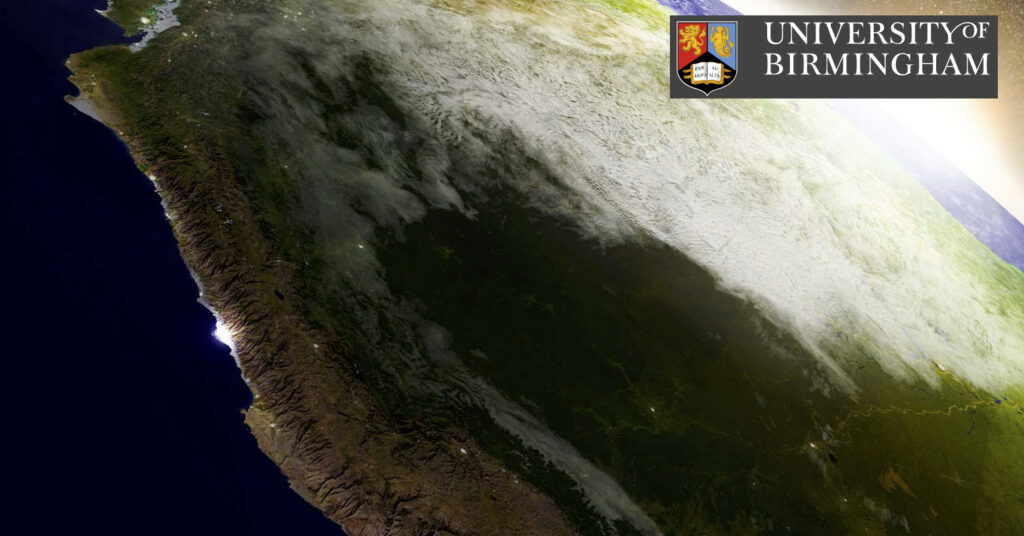
A University of Birmingham, UK, researcher is working on a space project that will bring map-making, environmental monitoring and natural hazard forecasting to a new level. The Radar Cluster for Earth Remote Sensing (RaCERS) project will deliver ‘swarms’ of cooperating microsatellites (smallsats) that fly in tight formation and provide a highly accurate profile of the Earth’s surface, and enhanced image resolution revealing, for instance, deforestation or forest thickening, the height of rivers or waterways, and areas of urban growth.

Professor Marco Martorella from the Department of Electronic, Electrical and Systems Engineering is working with partners GeoOptics Switzerland, Tyvak International, National Interuniversity Center for Telecommunications, Pisa, and the Federal Institute of Technology, Zurich on the project.
Professor Martorella, who is Chair in Radio Frequency and Space Sensing at the University of Birmingham, is working on an academic consultant on the project, which will use his expertise in radar systems, sensing and signal processing to co-develop the advanced instrumentation needed for small satellites.
Flying in constellation will enable the RaCERS smallsats to simultaneously use altimetry, which measures height using the upward reflection of the radar beam, scatterometry, which passively senses the surface from many angles at once, providing more, and more precise, information and Synthetic Aperture Radar (SAR), which allows for active and high-resolution imaging of the earth surface.
Radar has strong benefits over visual light wavelengths for these types of measurements. It can sense during day or night and is not interrupted by cloud cover, which means it can deliver a continuous feed of highly accurate data about the surface of oceans, ice and land.
The feasibility study, which will involve developing bespoke equipment that pushes the boundaries of radar equipment and constellation flying, has now started. The second stage of the project would be funded by the European Space Agency. Delivery is expected by 2029.
Professor Martorella said, “Spaceborne radar is central to earth environmental monitoring and forecasting, and the constellations of RaCERS satellites, flying in a tightly orchestrated formation will deliver more accurate measurements than conventional, single satellites enabling more accurate determination of severe weather, soil moisture, surface winds, ocean circulation, and much more.”
